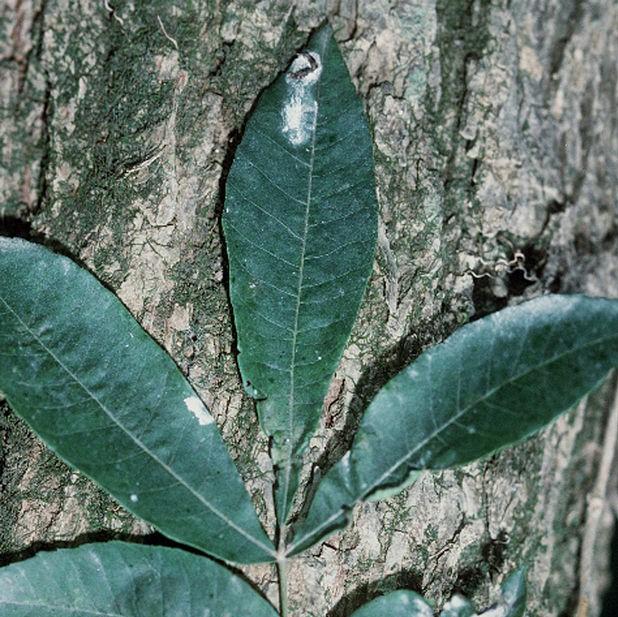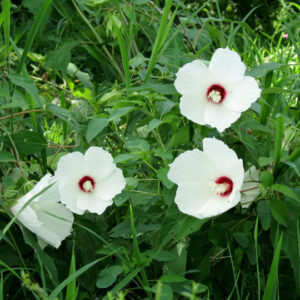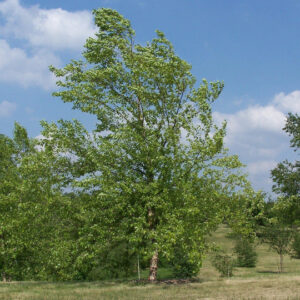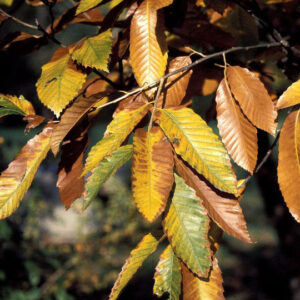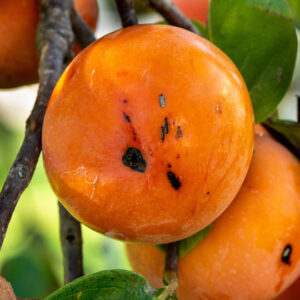Water Hickory, scientifically known as Carya aquatica, is a species of hickory tree native to the southeastern United States. It is commonly found in wetland areas, such as swamps, floodplains, and along riverbanks.
Water Hickory trees can grow up to 100 feet tall and have a straight trunk with a narrow crown. The leaves are pinnately compound, meaning they are made up of multiple leaflets arranged in a feather-like pattern. The nuts produced by Water Hickory trees are edible and have a sweet flavor.
|
Type: |
Tree |
|
Origins: |
Southeast N. America Coasts; GA Native |
|
Height: |
80’ – 100’ |
|
Spread: |
40’ – 50’ |
|
Spacing: |
45’ |
|
USDA Hardiness Zone: |
4 – 9 |
|
Culture: |
Full Sun, Part Sun |
|
Bloom Color: |
Green |
|
Season of Interest: |
Fall, Year-Round |
MAINTENANCE NEEDS: Low maintenance. Difficult to transplant due to taproot. Large trees can produce considerable litter with twigs, leaves, and nuts. No serious disease or pests. Hickory bark beetle, pecan weevil, borers and twig girdler can be problems in some areas. White heart rot, anthracnose, leaf blotch, powdery mildew, leaf spot, cankers, catkin blight, crown gall and scab are occasional diseases. Can be an aggressive spreader
LANDSCAPE USES: Specimen planting or mass plantings, Woo dland Garden, Naturalized Areas, Native Garden, and Shade Tree.
COMPANION PLANTS: Yellow Birch, Oakleaf Hydrangea, Bottlebrush Buckeye
*As plants have ranges in appearance they may not appear as the images shown.


